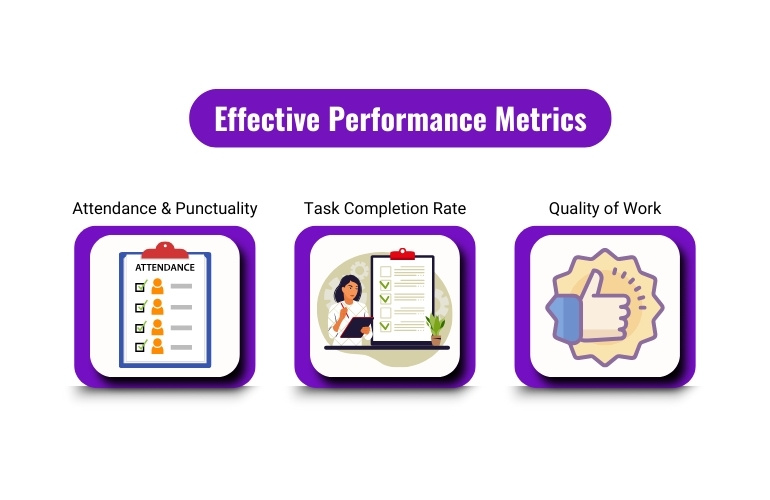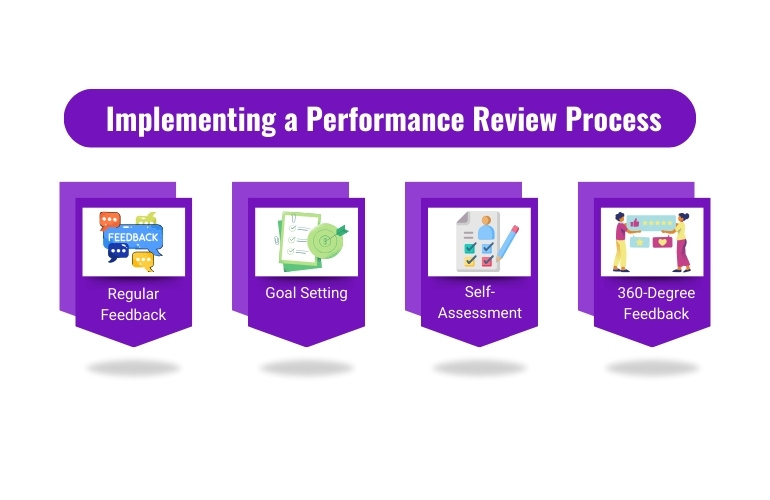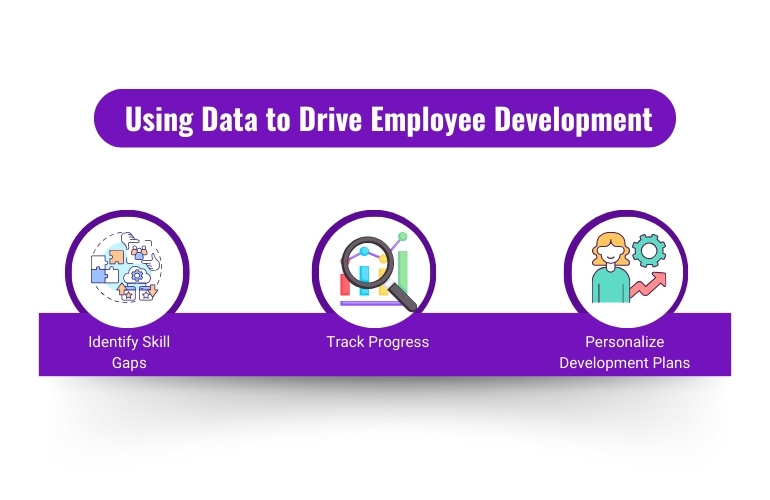In today’s fast-paced business environment, keeping track of performance is no longer just a good practice; it’s a necessity. According to a recent survey, over 70% of Indian companies reported a significant boost in productivity after implementing performance-tracking tools. But what exactly are performance trackers, and how can they help your business? In this blog, we’ll explore free performance trackers tailored specifically for the Indian workforce, delve into the unique challenges faced by Indian professionals, and discuss how these tools can be the key to unlocking your team’s full potential.
Understanding Performance Trackers
What Are Performance Trackers?
At their core, performance trackers are tools designed to monitor and measure the performance of employees and teams. These tools provide insights into how well individuals and groups are meeting their goals, managing their time, and staying on top of tasks. They range from simple to-do lists to complex systems that integrate with other business software to provide a comprehensive view of productivity.
Why Are Performance Trackers Essential for Productivity?
Performance trackers are vital because they provide transparency and accountability. By giving everyone in the organization a clear view of expectations and progress, these tools help identify areas where employees excel and may need additional support. This transparency ensures that everyone is working towards the same goals and that no one is left behind.
Types of Performance Trackers:
- Time Management Tools: These tools help employees track how much time they spend on different tasks, allowing them to manage their workload more effectively.
- Task Management Tools: These tools enable teams to organize, prioritize, and delegate tasks, ensuring that everything gets done on time.
- Goal-Setting and Achievement Trackers: These tools help employees set SMART (Specific, Measurable, Achievable, Relevant, Time-bound) goals and track their progress toward achieving them.
The Indian Workplace: Unique Challenges and Opportunities
Cultural Dynamics: How Indian Workplace Culture Affects Productivity
The Indian workplace is unique, characterized by its diverse workforce, hierarchical structures, and strong emphasis on relationships. While these factors can foster a collaborative environment, they can also lead to challenges in time management, workload balancing, and accountability.
Common Challenges:
- Managing Time Effectively: In a culture that values flexibility and relationship-building, strict time management can be challenging. Employees often juggle multiple tasks, making it difficult to stay on track.
- Balancing Workload: With the growing demands of the modern workplace, balancing workloads has become a significant challenge. Employees may struggle to prioritize tasks, leading to stress and burnout.
- Ensuring Accountability: In hierarchical structures, it can be difficult to ensure accountability, especially when decision-making is centralized. This can lead to delays and inefficiencies.
Opportunities: Leveraging Technology to Overcome These Challenges
Despite these challenges, the Indian workplace also presents opportunities. By leveraging technology, companies can overcome these obstacles and create a more efficient and productive environment. Performance trackers, particularly those designed with the Indian context in mind, can be instrumental in this process.
Top Free Performance Tracker Tailored for Indian Professionals
When it comes to performance tracking, ConfluxHR stands out as the #1 choice for Indian professionals. This tool is specifically designed to address the unique needs of Indian workplaces, offering features like automated time tracking, task management, and goal-setting, all tailored to the cultural dynamics of Indian businesses.
Case Studies: Success Stories
- After implementing ConfluxHR, corporations saw a 25% increase in productivity within the first three months. Employees reported feeling more in control of their time and more accountable for their tasks.
- By using ConfluxHR’s goal-setting features, enterprises were able to reduce project delays by 30%, leading to higher client satisfaction and increased revenue.
These statistics highlight the tangible benefits that performance trackers can bring to Indian businesses.
Implementing Performance Trackers in Indian Workplaces
Best Practices: Tips for Effective Implementation
- Start Small: Introduce performance trackers gradually, starting with a small team or department before rolling them out company-wide.
- Customize for Local Needs: Adapt global tools to meet the specific needs of your Indian workforce, taking into account cultural dynamics and work habits.
- Encourage Adoption: Provide training and support to ensure that employees are comfortable using the new tools. Address any concerns or resistance early on.
Overcoming Resistance
Resistance to new tools is common, especially in traditional workplaces. To overcome this, involve employees in the decision-making process, offer incentives for early adopters, and emphasize the benefits of performance trackers for their daily work.
The Benefits of Using Free Performance Trackers
Cost-Effective Solutions
Free performance trackers are ideal for startups and small businesses, offering powerful features without the financial burden. This makes them accessible to a wide range of companies, regardless of size or budget.
Boosting Productivity
By automating time tracking, task management, and goal-setting, performance trackers help employees stay focused and on task. This leads to tangible productivity gains, as employees can spend more time on meaningful work and less time on administrative tasks.
Long-Term Impact
Performance trackers not only boost productivity in the short term but also contribute to a long-term culture of accountability and continuous improvement. By regularly tracking performance, companies can identify trends, address issues early, and foster a culture of excellence.
Common Pitfalls to Avoid When Using Performance Trackers
Over-Reliance on Tools
While performance trackers are powerful, they should not replace human judgment. It’s essential to strike a balance between automated tracking and manual oversight to ensure that tools are used effectively.
Ignoring Employee Feedback
Continuous improvement is key to the success of any tool. Regularly seek feedback from employees and make adjustments as needed to ensure that the tools are meeting their needs.
Failure to Integrate with Existing Systems
Performance trackers are most effective when integrated with other business systems, such as HR and project management tools. Ensure seamless integration to maximize efficiency and avoid duplication of effort.
Conclusion
In conclusion, performance trackers are an invaluable tool for boosting productivity, especially in the unique context of the Indian workplace. By understanding the specific challenges and opportunities that Indian professionals face, and by choosing the right tools like ConfluxHR, businesses can unlock their full potential. So, why wait? Start exploring free performance trackers today and take the first step towards a more productive and efficient future.





